About Montenegro
A land of exceptional natural beauty, crystal clear Adriatic Sea, rich legacy and hospitable people, Montenegro is one of the most “in demand” countries for tourists from all over the world. Montenegro is a perfect mix of mountains and blue water, old and modern, and traditional and exotic. Budva, the “capital” of Montenegrin tourism, offers excellent accommodation capacities, beautiful beaches, restaurants and historical sightseeing which will surely help you recharge and make your trip unforgettable. There is so much to see and seize in Montenegro: five unique national parks, the UNESCO protected town of Kotor, Europe’s deepest river canyon of Tara River, the biggest lake in the South-East Europe Skadar Lake, and the only fjord on the Adriatic Sea called the Bay of Kotor.
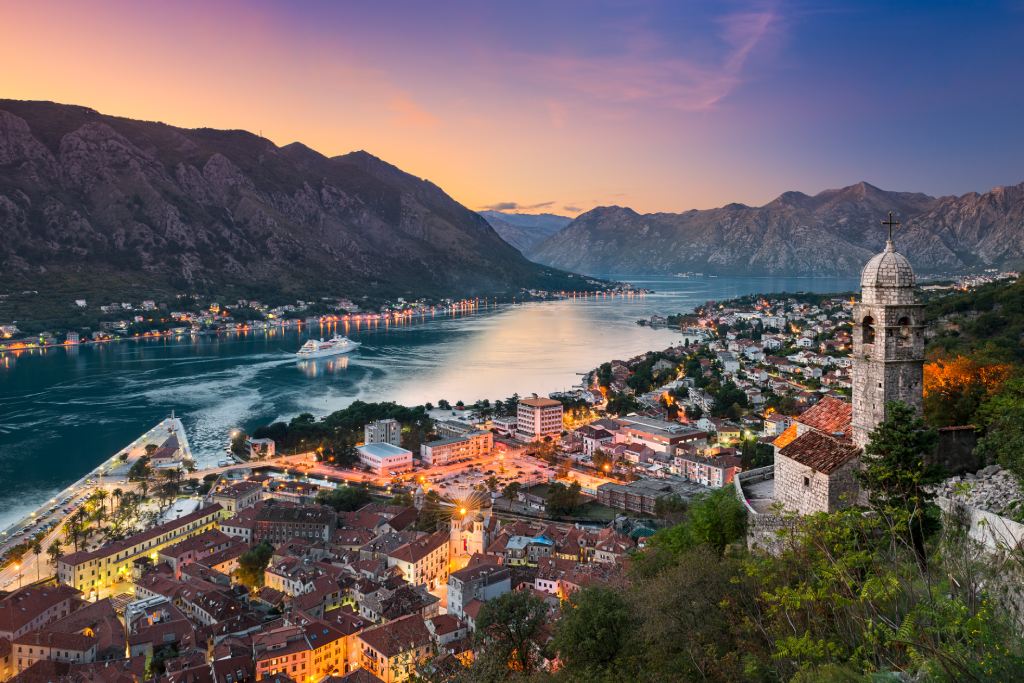
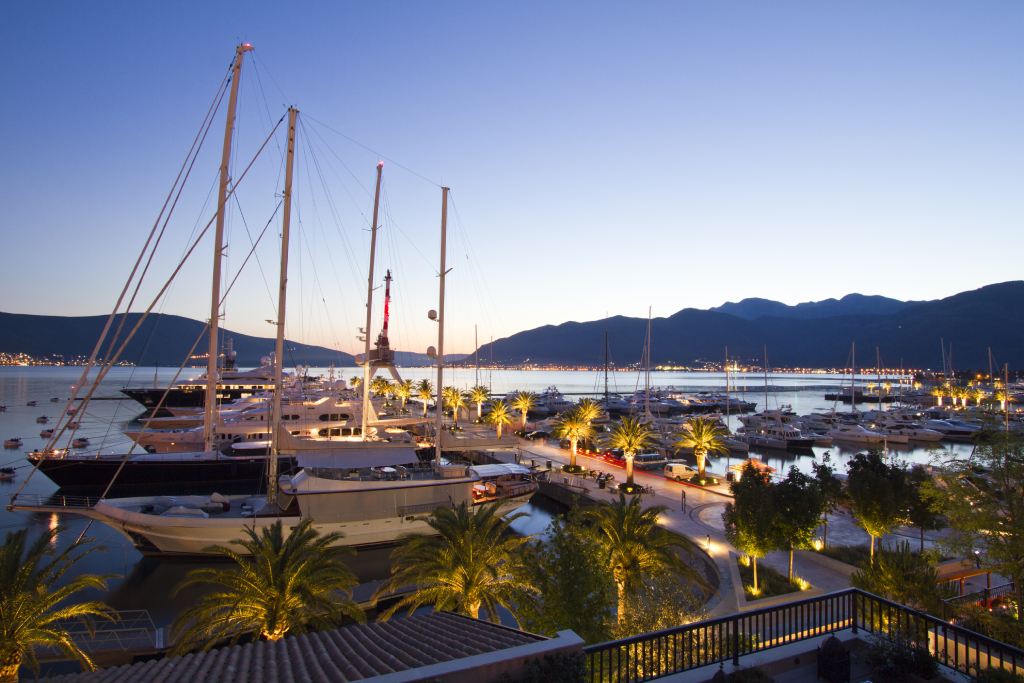
The great variety of Montenegrin scenery offers unlimited choice of activities both for leisure and MICE tourists. The introduction of new, direct flights to the Tivat and Podgorica Airports, good connection with European cities, the opening of new Congress hotels featuring 4 and 5 star quality service, and the wide range of options for entertainment and leisure programs all contribute to the popularity of Montenegro among Balkan destinations.
Montenegrin Cuisine
The Montenegrin cuisine is a beautiful blend of its contrasting regions, the Mediterranean climate in the south, and high mountainous region in the north. It is incredibly authentic and true to its climate, as are the abundance of nature and traditions surrounding food preparation. The lightness of the southern region is best represented with the juicy flavors of vibrant oranges, lemons, figs, fish and oysters. The mountain region in the north stands with strength and resilience, just like the Montenegrin nation which is often described as tall and strong. <spanThe natural abundance in this region lies in the variety of meats and diary that the local animals provide. Naturally living in those hills, they are eating healthily and breathing fresh air which certainly contributes to the high quality of the products.
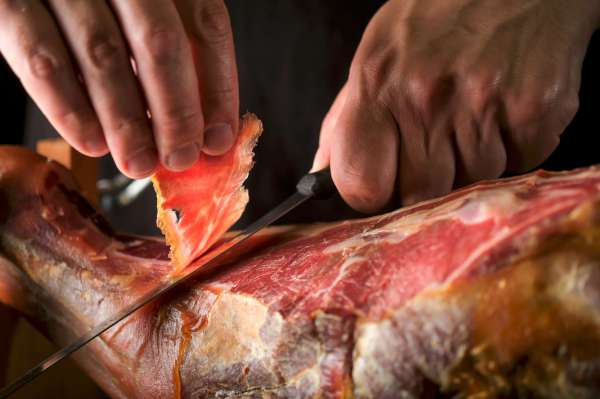
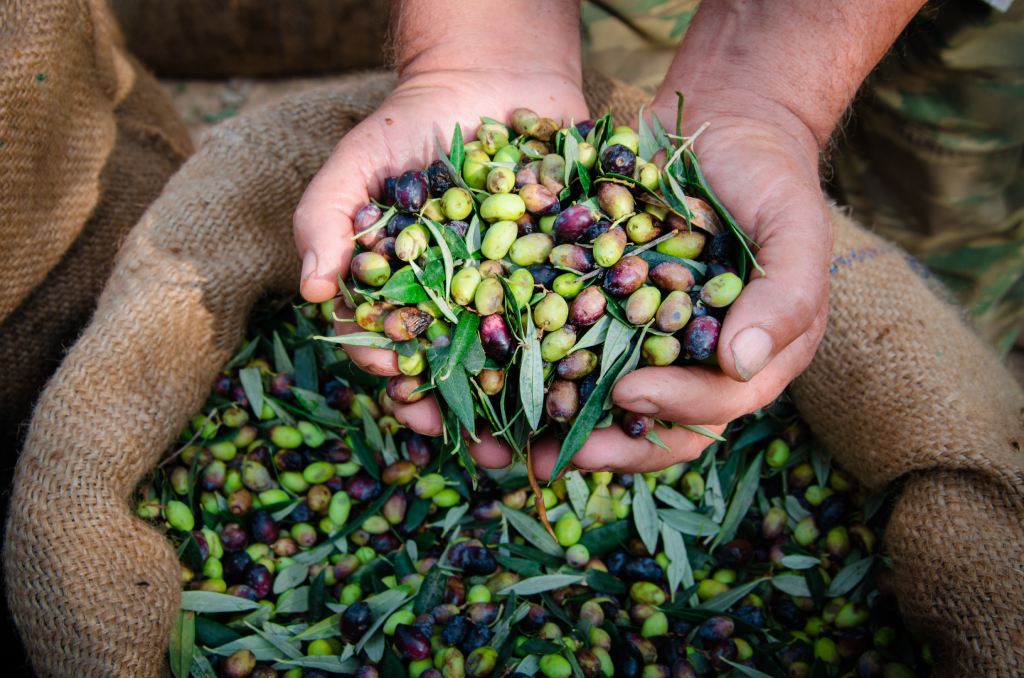
A variety of healthy grains are also prominent in this area including wheat, oats, rye, corn, and buckwheat. Add the influence from the Venetians, the Ottomans, and the Austro-Hungarians and you will understand the exceptional authenticity and high quality of this cuisine: “njeguški pršut”, lamb, veal and creamy cheeses from the mountains, colorful fishes from the Adriatic Sea, olives and wine from the south, sarma and baklava as culinary influences from Turkey, and home-made bread similar to the pane casareccio variety in Italy.The natural abundance in this region lies in the variety of meats and diary that the local animals provide. Naturally living in those hills, they are eating healthily and breathing fresh air which certainly contributes to the high quality of the products. A variety of healthy grains are also prominent in this area including wheat, oats, rye, corn, and buckwheat. Add the influence from the Venetians, the Ottomans, and the Austro-Hungarians and you will understand the exceptional authenticity and high quality of this cuisine: “njeguški pršut”, lamb, veal and creamy cheeses from the mountains, colorful fishes from the Adriatic Sea, olives and wine from the south, sarma and baklava as culinary influences from Turkey, and home-made bread similar to the pane casareccio variety in Italy
Montenegrin Traditions
The Montenegrin culture has drawn influences from Yugoslavia, Ancient Rome, the Byzantine Empire, and the Republic of Venice, among others. The country’s ideal is “Humanity and Courage” based on the idea that one should show virtues of integrity, dignity, humility, bravery and respect for others. A Montenegrin traditional dance called “oro” or popularly called eagle dance, is a specific type of folk dance that resembles the movements of an eagle, typically danced at weddings and celebrations. Montenegrins glorify the patron Saints of their families, celebrating the slava annually on the Saint’s feast day. As for traditional instruments, gusle originates from the south of the Balkan, as an instrument with only one or two cords. Gusle are an integral part of Montenegrin’s poetry in history, as the musicians playing the instrument tell the tales of Montenegrin’s national history through many centuries.
From the 17th century, The Petrović-Njegoš dynasty ruled Montenegro both as rulers and spiritual leaders. This dynasty severely fought for the freedom of the Montenegrin nation, and also for their education, unity and prosperity. One of the most beloved and significant literary works in Montenegrin history is The Mountain Wreath (Gorski vijenac), which is considered to be the highest achievement of Montenegrin literature in the epoch of romanticism. This spectacular literary work is centered around the idea for national awakening and unification of Montenegrin Serb people, as well as celebrating the heroic, epic view of life and its value system
Quick Facts
Podgorica
13.812 km2
Podgorica Airport in Podgorica TGD
Tivat Airport in Tivat TIV
Central European Time GMT+1, in summer GMT+2
628.089 inhabitants
euro (EUR)
mediterranean
+382
Major Regions
Central region – Podgorica, Cetinje
Coastal region – Kotor, Budva, Tivat
Western Serbia – Zlatibor
Emergency telephone numbers
Police – 122
Ambulance – 123
Fire department – 124
Tours with Montenegro

Balkan and Adriatic
- Visit 7 UNESCO sites in only one tour
- Enjoy wine tasting at eminent winery
- Stroll through the Diocletian’s Palace
- Take delight in music of The Sea Organ
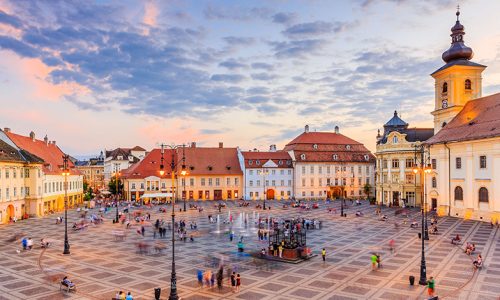
Balkan Grand Circle – 16 days draft
- Meet the Kalemegdan Fortress
- Explore the castles of Transylvania
- Discover the ancient city of Plovdiv
- Taste the famous lyutenica in Sofia
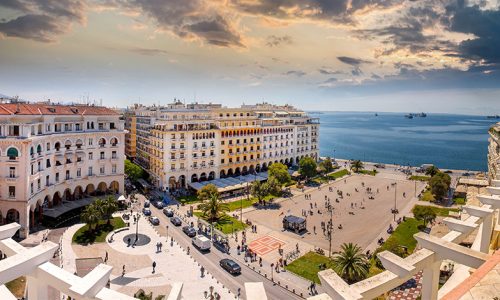
Hidden Balkan with Greece draft
- Delight in Skadarlija's bohemian ambience
- Learn about "Little Jerusalem" in Bosnia
- Tour the stunning Meteora monasteries
- Visit the incredible Acropolis in Athens

